|
With winter officially upon us in a few days, it's time to take a serious look at your landscape maintenance for the season. Just a few steps taken now can ensure a healthy, beautiful yard come springtime.
Fertilizing your lawn and planted areas Adding fertilizer to your lawn and planted areas in the fall is an excellent way to give a boost to your plants, so you have a healthy, vibrant yard in the spring. Be sure to give your lawn and plants plenty of water after fertilizing so they don't "burn" and so that your fertilizer doesn't blow away. Pruning your trees Fall is a good time to prune your trees. Not only are trees dormant in the colder months, but it is also easier to see a tree’s structure when there are no leaves on the branches. Proper pruning is vital to the health of trees and plants, in part because it helps relieve stress on trees and keeps them growing. Spreading mulch One of the best things you can do to protect your newly planted fall bulbs, shallow root plants, and young trees, is to cover the soil around those items with a generous layer of mulch. As a general rule of thumb, it is best to lay down mulch somewhere between 2-4" deep, avoiding touching trunks of trees or stems of plants so you will avoid any rot or disease issues. Winterizing your irrigation Winterizing your irrigation is not difficult to do, but it must be done properly and before freezing temperatures hit to prevent costly damage. A few simple steps can prevent things like busted irrigation lines, damaged hose bibs, and ruptured pipes. Protecting your water features Similar to winterizing your irrigation, your water features may also need special protection from the colder weather. Generally speaking, it is okay to let your water features run year-round. There are two key considerations, though, to make this work. 1) your pump must have access to free-flowing, clean water at all times and 2) you must keep your pond or water feature free of leaves and other debris that could cause a blockage for your pump. Removing moss on hardscapes When snow and ice accumulate, moss and other unwanted growth can create extra slippery situations. Giving your pavers and other hardscape surfaces a good cleaning is both good for their lifespan, but also for preventing unwanted slips and falls. If you opt to powerwash this growth away, be extra careful to not destroy the material used in between blocks or stones that keep your surface stable. If this sounds like a lot of work, or simply more than you care to do yourself, please give us a call at 541-729-8029 or email us. Our team of maintenance and irrigation experts would be happy to help you care for your yard.
4 Comments
If you have irrigation lines on your property, there's a good chance you are subject to annual backflow testing.
Backflow devices (also known as RPZ valves) are installed on plumbing systems to protect your drinking water and the city water supply from contaminants. These are required to be in place if your home has an irrigation system, a pool or spa, an irrigated pond, a well, a fire suppression system, a large boiler, or heating and cooling systems. Specifically for irrigation systems, an example of contaminants entering the water system would be from things like fertilizers or pesticides sprayed onto your lawns or planter beds. If something happened, such as a water leak or water break inside your house, it would be possible for your water pressure to drop lower than that of your irrigation system. If there were contaminants in your water, they would then be free to flow into the water supply. That's not something you want to have happen and it is one of the major reasons why we have backflow devices on irrigation systems. A backflow device, in this situation, would instead open up and allow the water to drain out instead of backing up into the water supply, thereby protecting the quality of the water. If your property has a backflow device, you're required to have it tested annually to ensure it is in proper working order. The irrigation crew at Graham Landscape & Design is certified to perform backflow testing and repairs. If you've received a notice alerting you that it's time to be tested, or if you've never had your system tested, please give our irrigation team a call at 541-729-8029. Along with backflow testing, our crew can also help you with any winterization you might need for your irrigation system. To learn more about backflow devices and testing, visit EWEB's website: http://www.eweb.org/outages-and-safety/water-safety-in-your-home-or-business/backflow-prevention. Summer sure made it here in a hurry! With the temperatures rising quickly, water conservation will be big again this summer. Keeping that lawn green and lush requires water, water, and more water. But, you want to check that your watering is doing the job efficiently so you don’t overwater or have sprinklers missing their mark. Here are a few water conservation tips you can use with your property:
Whether you want to cut your watering by up to 50%, or if you want to give your lawn that extra drink, we can help. At Graham Landscape & Design, our team of irrigation and design experts can help you reach your water conservation goals. Please give us a call at 541-729-8029. A weird question, we know... but, it's an important one! Now that the weather is a bit drier, it's time to really look at your landscape's irrigation and drainage. With this winter's rain, did you notice areas of standing water in your yard? Or, were there sections that simply got flooded out because there was too much rain? Both of these instances signal that there is an issue with your landscape and it's drainage.
Why is proper drainage so important? Well, there are a number of reasons but a few of the top concerns include root rot in your lawns, shrubs, and trees. In addition, poor drainage reduces your ability to enjoy your yard for fear of getting your shoes sucked into the muck or just getting them extra muddy. And, if either of those weren't bad enough, sitting water creates a breeding ground for all sorts of pests. So, if you have drainage problems, what can be done? Here are a few ideas to help:
At Graham Landscape & Design, our team of irrigation and design experts can help you do just this. Please give us a call so we can turn your drainage problem into a thing of the past. 541-729-8029 Even though the Willamette Valley has no shortage of rain, a properly working sprinkler system can make a pretty big difference for keeping you and your garden happy. And, if you're going to invest in a quality system, you want to make sure it lasts as long as possible. But, how long should you expect things to be in tip-top shape? What can you do to keep your system running smoothly? We'll break it down for you here...
On average, the typical sprinkler system lasts about 20 years. However, the components, taken separately, may need attention much sooner than that. For instance, good quality heads will last 10 to 15 years whereas inexpensive heads will only give you 2 to 3 years of service. Depending on water quality, your nozzles may need to be replaced every few years. Another component you may need to replace regularly are the wires, often due to improper installation and corrosion. Valves will give you 10 to 15 years of service, while controllers just 5 to 10 years. The pipes in your sprinkler system, however, are the most durable component and will last the longest, since they are shielded from direct sun damage and other external factors; you can expect them to last for up to 40 years before you’d need to replace them. So, if you start thinking about how old your home is and when the last time any of the above items have been replaced, you might be due for a new system (or at least new parts). If age isn't a concern, there could be other factors that lead to irrigation failures including previous repairs, proximity to trees, rodent activity, vandalism, and the quality of the irrigation water (reclaimed water, well water, etc.). But perhaps nothing affects the lifespan of your irrigation system more than the quality of installation and components. An irrigation installation starts with the design and is carried through to the setup of each sprinkler head, the installation of the water pipe, the location of the control valves, and the mounting of the control timer and rain sensor. Even a brand new sprinkler system may need repairs if pipe fittings were not primed and/or glued correctly, if wires were not spliced correctly, or if lines were not sufficiently flushed with water. Environmental elements and factors such as excessive shade and sunlight, low water pressure, or poor drainage can influence your lawn sprinkler design and installation and should be taken into consideration during the irrigation system design phase. Maintenance Is Key to Prolonging Your Sprinkler System’s Lifespan Deciding to install or replace a sprinkler system in your yard is a big decision, but it’s not just an install-and-forget type of situation. There are things you have to do to make sure it continues to operate efficiently. Failing to maintain your irrigation system can result in high water bills and shorter life expectancy of the entire system or its parts. Both of these can end up costing you much more than performing regular maintenance. For this time of year, a spring checkup is a good preventative measure to make sure everything is in proper working order. The first thing you need to do in the spring is the start-up procedure. A thorough checkup of your whole system should verify that none of the heads or pipes broke during winter, that all parts are still functioning, and all zones are performing under normal parameters. Check to make sure you’re getting a good overlap on all your sprinkler heads and you don’t have areas that are being blocked by large trees or bushes. Also, ensure that the zones are overlapping so that you get a consistent color across your lawn. At this time, it’s important to turn your water valve on slowly to avoid water hammer – a pressure surge caused by a rapidly opening of the valve and creating air pressure that may lead to bursts in the pipes or fittings. Although many maintenance tasks can be mastered by most homeowners, it’s always safer to have your system routinely checked and maintained by a professional contractor. The team at Graham Landscape & Design can work with you to design and install an irrigation system, develop a maintenance plan, as well as perform any necessary repairs. Give us a call to schedule an appointment today. 541-729-8029 With the warmer weather, it can be difficult to tell if your lawn is getting enough water unless it turns brown, and no one wants that happening.
First, you will be glad to know that it's not necessary to water lawns and plants every day. And, in general, more plants are killed through over-watering than under-watering. Second, you will want to take some time to understand the properties of the soil in your yard. You might not have known this, but water penetrates and behaves differently depending on the type of soil that's present. Do you have sandy or loose soil? Or, are you dealing with lots of rocks or clay? Depending on your soil composition, the goal is to set up a watering system that allows for water penetration 6" to 8" below the ground surface. To determine this, you'll need to find out how deep your current watering set up is allowing the water to penetrate into the soil. With a shovel, you'll want to pick an inconspicuous spot where you've been watering. Thirty minutes after the watering cycle is finished, dig a small hole and use your hand to measure how deeply the water has penetrated. Remember the goal is 6" to 8" beneath the surface of the soil. Check a few different locations to see if your watering is even throughout the yard. If there are dry spots, mark where those are so you can plan for them in your new irrigation setup. What's important to note, however, is even if you water regularly it's not likely that the water is being dispersed uniformly. Also if all the surface seems wet, you may find that there are wetter spots and drier spots around your yard where the penetration was more or less. To check whether your watering system is working evenly across your yard, you can place some plastic cups around your yard before you water. A few coins in the bottoms of the cups will help prevent them from blowing over. Once the cups are placed, turn on your sprinkler system. Water will collect in the cups as you water. After watering for about 30 minutes, compare the level of water in each of the cups. You may discover that there is more water in some of the cups than in others. Frequently, areas within close proximity to the sprinkler receive less water than areas several yards away. Use this information to plan out if you need to select different heads for your sprinklers, extend or move lines, etc. When it comes to installing or repairing irrigation lines, it is often best to bring in a professional who has the experience and tools to do the job right. The irrigation team at Graham Landscape & Design can work with you to make sure your lawn is getting the water it needs, where it needs it, so you can enjoy a healthy, beautiful lawn all summer long. Give us a call today at 54-729-8029. So often when people start thinking about a landscaping project, it's common to get swept up in the "ooh la la" aka the features and the plants and how everything is going to look gorgeous together. It's rare when someone thinks about irrigation first unless of course, you do this for a living.
There are many options to consider when planning your irrigation, and if planned well, you can save money for years to come. Here are some tips to help your planning.
If you're like most people, irrigation is not something you really think about. Chances are, the irrigation system you have on your property was installed by the previous owner and you've never had to deal with it, or you've installed a system but then took the 'set it and forget it' approach. Both situations put you in company with the vast majority of people we work with and that's okay.
But what you might not realize is that much like how lawns need maintenance, so do irrigation systems. A neglected system needing repairs can cost hundreds if not thousands of dollars, so maintenance is important. The following are a few tips to help you keep your irrigation system flowing smoothly.
Working with irrigation systems doesn't typically fall into everyone's wheelhouse or skillset. The good news is that there are professionals who can help with both maintenance and repairs. In the Eugene-Springfield area, Graham Landscape & Design works with small residential irrigation systems as well as large commercial irrigation systems. Our team of experts can work with you to assess your needs and develop a plan that makes sense for your objectives and budget. Give us a call at 541-729-8029 to schedule a consult today. A weird question, we know... but, it's an important one! After our record-breaking rainy season, chances are any issues you have with drainage in your landscape have shown up. How would you know? It's easy... Think about any spots in your yard where after it rains, water sits for hours and sometimes for days. These are the problem spots we're talking about.
Why is proper drainage so important? Well, there are a number of reasons but a few of the top concerns include root rot in your lawns, shrubs, and trees. In addition, poor drainage reduces your ability to enjoy your yard for fear of getting your shoes sucked into the muck or extra muddy. And, if either of those weren't bad enough, sitting water creates a breeding ground for all sorts of pests. So, if you have drainage problems, what can be done? Here are a few ideas to help:
But, before tackling any of these solutions, it's a good idea to consult with your landscaper to really uncover the underlying cause of the issue and to help you plan the proper remedy. At Graham Landscape & Design, our team of experts can help you do just this. Please give us a call so we can turn your drainage problem into a thing of the past. 541-729-8029 |
OUR BLOG
Check here to see what we've been up to! Categories
All
|
|
|
Copyright © Graham Landscape Maintenance & Design LLC in Eugene Oregon. All rights reserved.
LCB # 8920 541-729-8029 34024 Old Willamette Hwy S., Eugene, OR 97405
Offering Landscape Design and Maintenance in Albany, Coburg, Corvallis, Cottage Grove, Eugene, Junction City, Roseburg, Springfield, Veneta and Surrounding Areas
LCB # 8920 541-729-8029 34024 Old Willamette Hwy S., Eugene, OR 97405
Offering Landscape Design and Maintenance in Albany, Coburg, Corvallis, Cottage Grove, Eugene, Junction City, Roseburg, Springfield, Veneta and Surrounding Areas
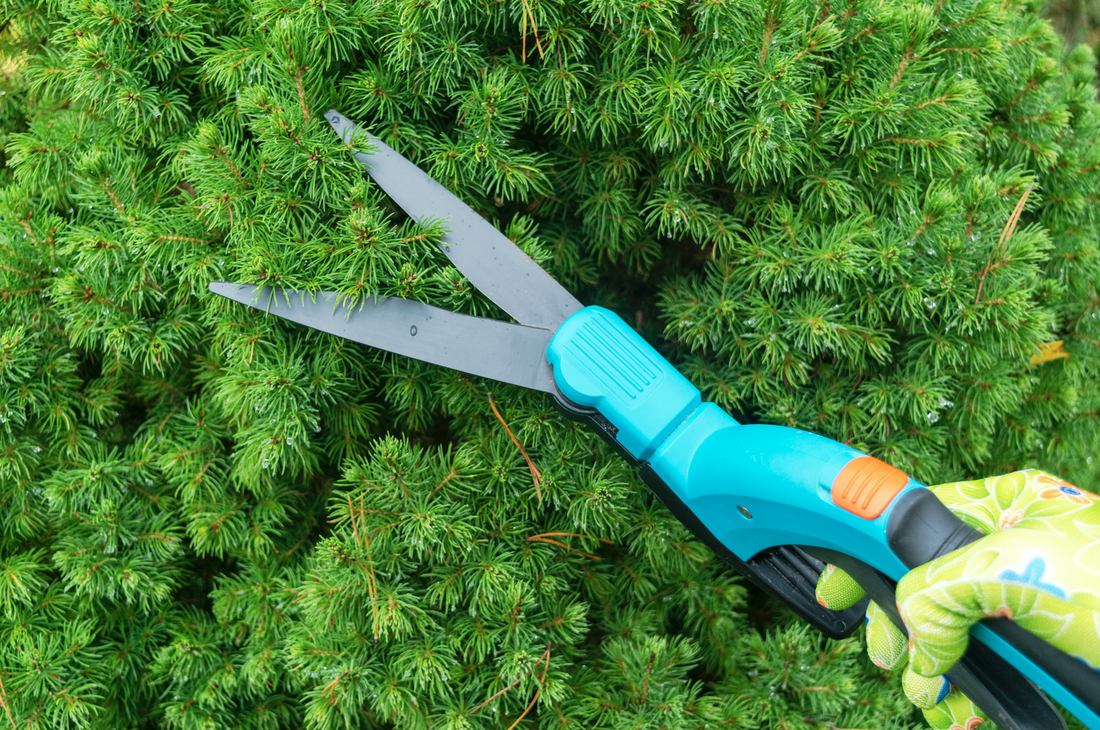
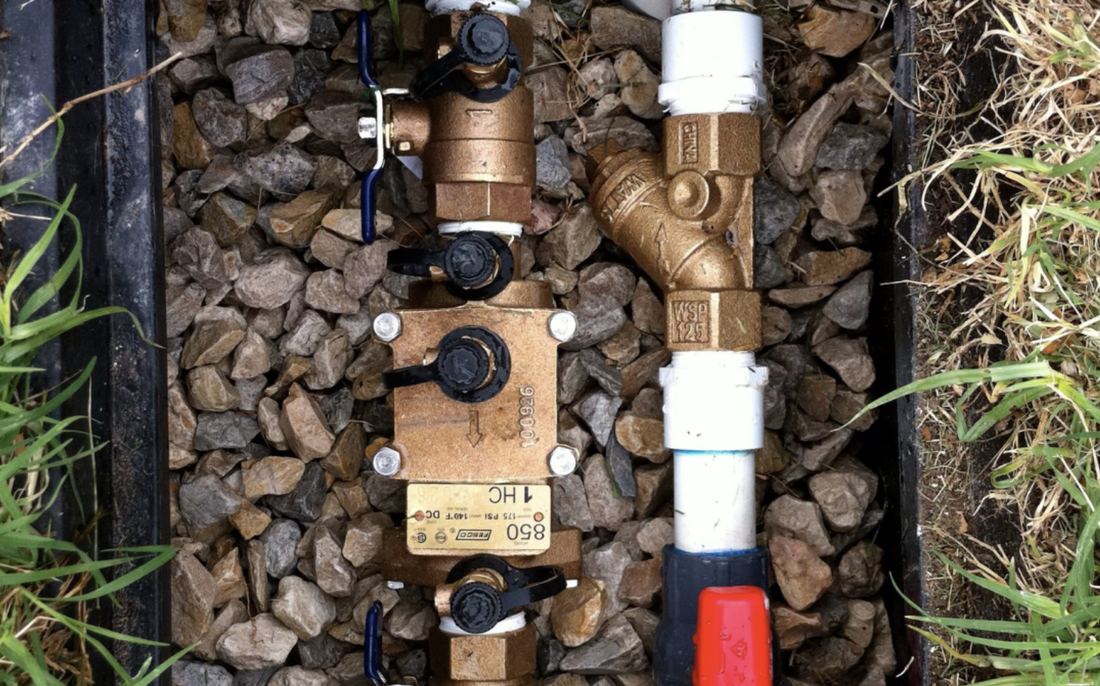
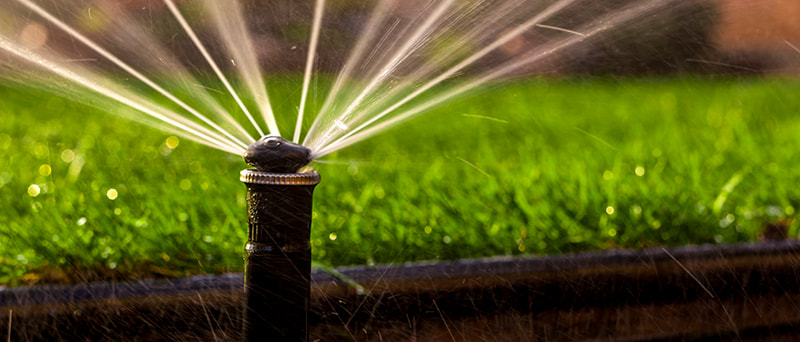
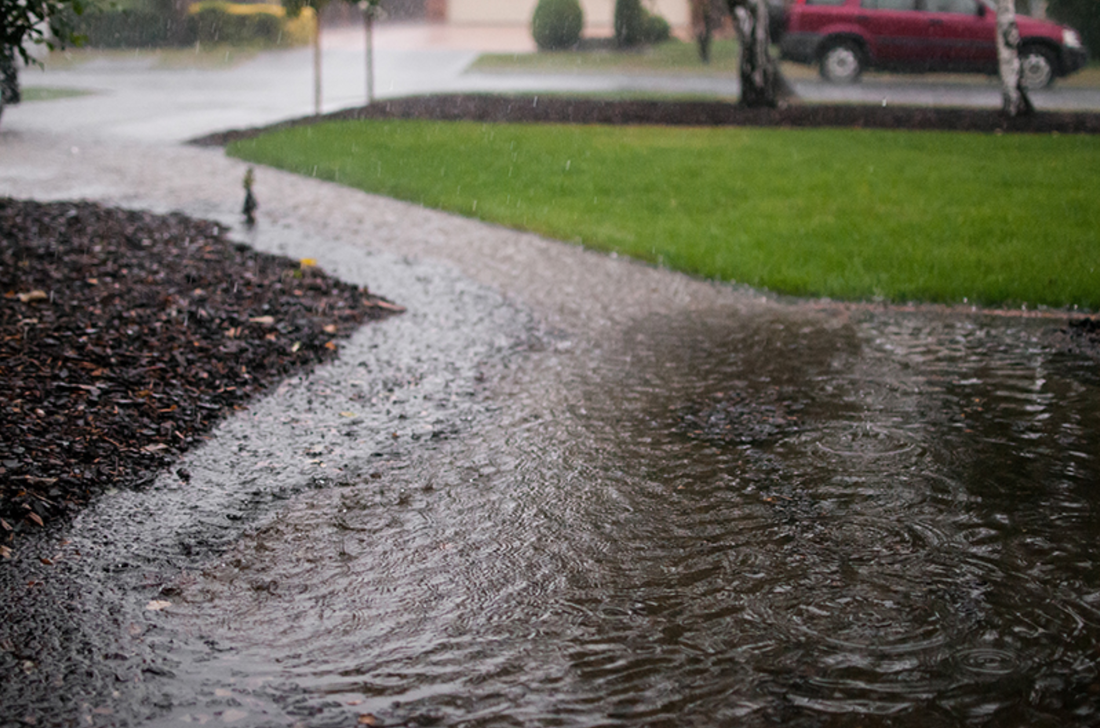
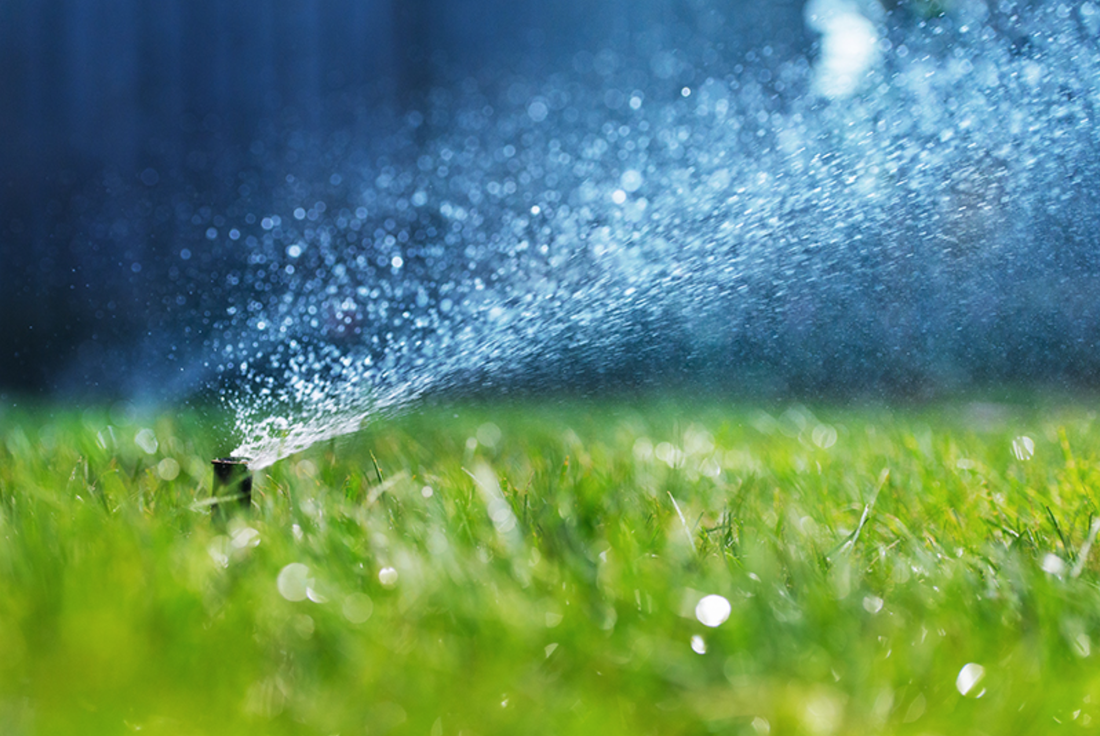
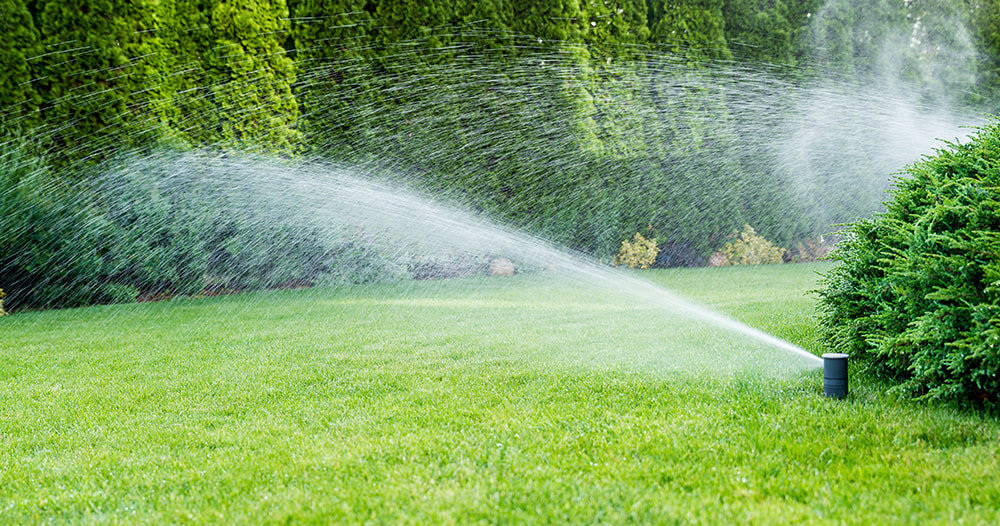
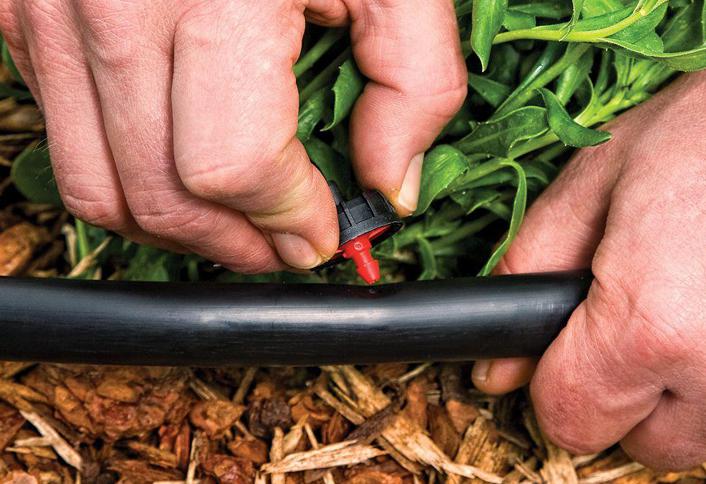
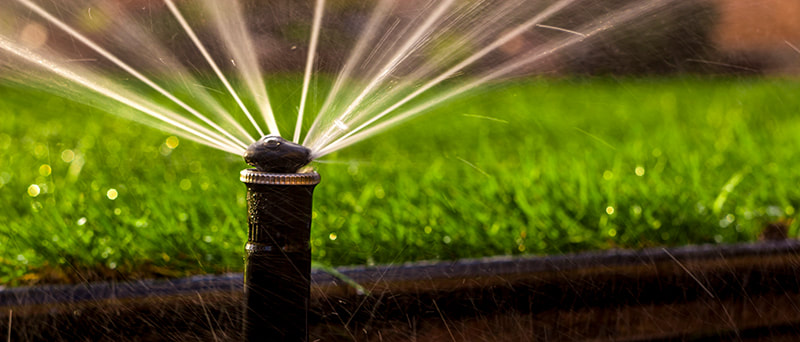

 RSS Feed
RSS Feed
